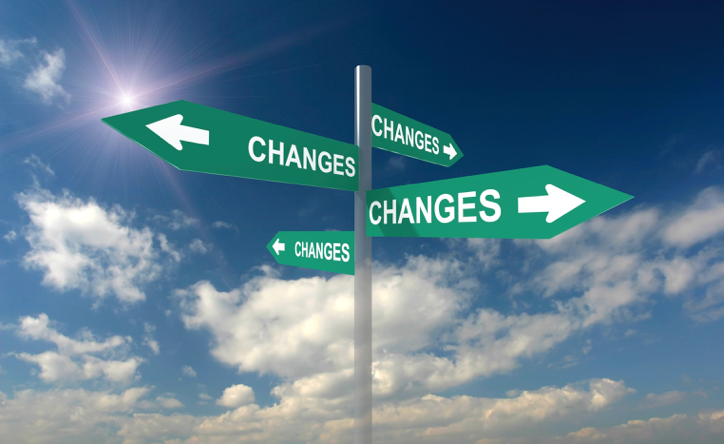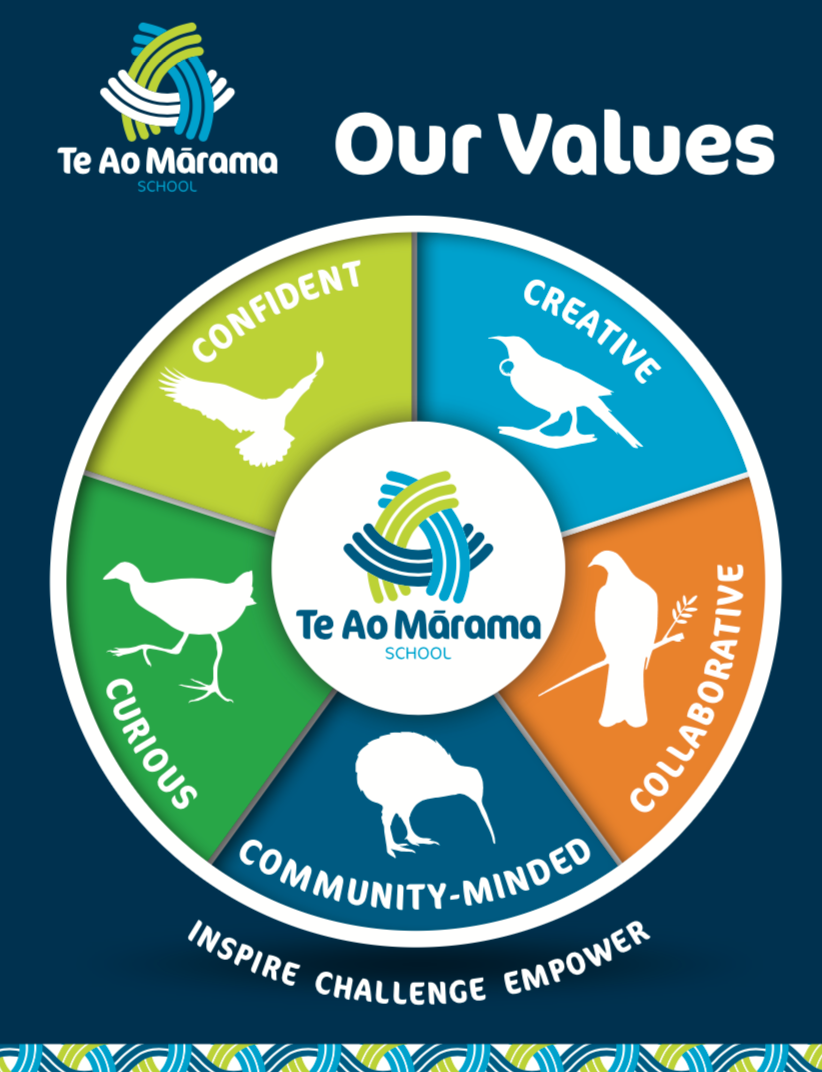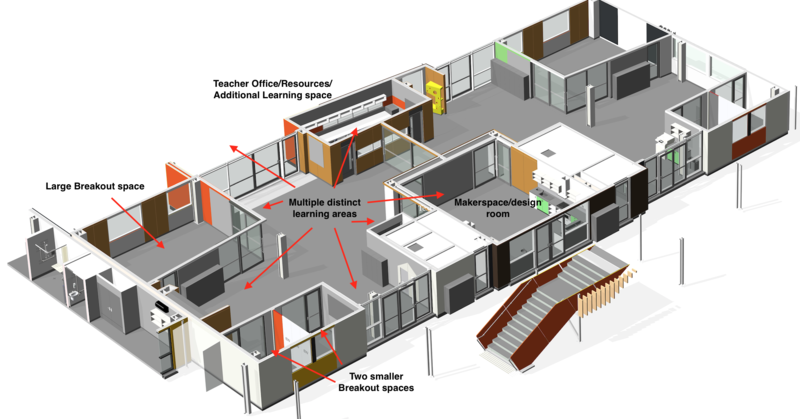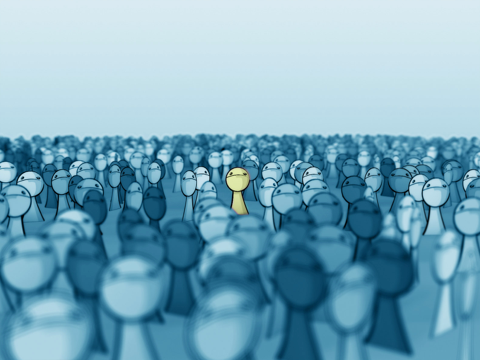Innovative Learning Environments FAQs
We are really proud of our learning spaces. The design will provide open, innovative learning spaces to enhance collaborative teaching and learning both inside and outside. Our spaces are backed by research and also Ministry of Education policy.
We appreciate that our classrooms look a little different from when most parents went to school, and that some parents may have concerns/questions or comments.
We encourage you to read the information below, and better yet….come and visit to see for yourselves.
Why the change to Innovative Learning Environments (ILEs)?
The majority of New Zealand’s school buildings were built between 1950 and the 70s. Since then, teaching practice and student learning needs have changed significantly. New technologies and building materials allow for new, vibrant and well connected learning spaces. All students deserve to be taught in these new modern learning environments, and benefit from new teaching methods. The Innovative Learning Environment (ILE) was introduced in 2010.
Source: Ministry of Education
As per the Ministry of Education requirements, Te Ao Mārama School is designed as an Innovative Learning Environment (ILE). This refers to the buildings and learning spaces.
Long gone are the days where students are sitting in the same place all day every day and doing the same thing at the same time with the same teacher.
Our classroom environments with purposely designed rooms, flexible furniture, digital technology are obvious changes to see, but behind all of this are years of thinking and research focused on how learning has changed, plus a determined focus on preparing these learners for a world that will be vastly different from the one we see today.
Why do things need to change? I went to school and turned out fine…
There are enormous changes within society and today’s learners will live in a world which is difficult to imagine.

The emergence of new technologies and their exponential rate of development dramatically change the way we live, work and carry out our day to day living today. Our current students will enter into jobs that haven’t even been thought of yet and they will face a range of unknown problems. Children can now learn anywhere, anytime from anyone, and are no longer just reliant on teachers, parents or the library for information.
It is no longer enough for students to just learn facts and information.
To thrive in this changing world, they need to know how to access knowledge, communicate well, be creative thinkers and collaborate. Widespread consultation led to our new vision and values.
Our curriculum is focused on developing these essential values.

These are the vital skills that businesses are looking for. Please note our approach is not an and/or approach, but an and/and approach where the traditional “3Rs” of reading, writing and maths are still a huge focus as well.
Where are all the tables (or desks) and chairs?
Innovative Learning Environments (ILEs) cater for the differing needs of our students. You will see furniture that is of different heights e.g. kneeling benches, tables with stools, wobble stools etc. There are designated areas to better facilitate the learning and activities that students are engaged in.
Without a desk, won’t it be bad for their posture?
What is bad for children’s posture is probably sitting at an uncomfortable desk all day in the same position. By having a wide range of furniture at different levels, children can choose what suits them best. Instead of sitting for long periods of time, children get up and move around a lot more. They work in groups, in pairs and individually. Children love having a choice of areas to work in and to find areas that help them learn best depending on what they are doing.
We have also invested heavily in ergonomic furniture.
With the more open spaces – won’t it be noisy?
Naturally it would be easy to assume that more students = more noise, but this won’t be the case!
ILE’s are designed with new building materials and new technologies specifically to reduce noise. Our classes have been designed with acoustic wall linings, speaker systems, smaller “breakout spaces” etc. There are a range of areas that students may work in now that offer quiet reflective areas, group areas, buddy areas etc

Because of the Public Private Partnership design of our school, the acoustic design for our school is world class.
Studies involving decibel readings have shown that the noise levels are no different to a single cell classroom environment.
We have also noticed far higher levels of engagement and enjoyment within these environments.
It is also important to point out that learning is social, and enhanced by discussion, collaboration and groupwork. No longer is a class working in silence said to be “highly effective” (because for many students the work is either too hard or too easy)
What are some of the key benefits of a collaborative learning environment?
- More frequent interactions with teachers
- Greater differentiation of the class programme to support all learners
- Increased collaboration between classmates and teachers
- More detailed analysis of each child’s learning needs through the different perspectives of teachers
- Greater chance of each child forming a strong relationship with at least one of their teachers
- Teachers use their strengths, passions and expertise, bounce ideas off each other, problem solve, support and challenge each other to provide personalised learning opportunities for all children. Two or more heads are definitely better than one!
- Greater social development with more peers to interact and work with
- Greater opportunity for students to work in a setting that suits them, due to different spaces within the learning environment
Are the teaching and learning programmes the same?
For many aspects yes. We use the NZ Curriculum document, and there is still the same strong focus on effective teaching, learning and student achievement. We haven’t “thrown the baby out with the bath water”.
Teachers use a collaborative approach and use their strengths. The teachers plan together and work very closely with each other. You will still see teachers teaching groups, children working collaboratively in groups, children working individually and at different levels of self-direction. You will also see children working flexibly at different levels in different places.
My child says they have more than one teacher. So who will actually be teaching my child?
The 2 or 3 teachers will be. They all take professional responsibility for your child, and their achievement and development. While at times the class will utilise a teacher’s strengths, each teacher will teach every child at different times, providing a richer, more well rounded curriculum.
The different perspectives and approaches that more than one teacher offers is one of the biggest positives.
Are the class sizes (per teacher) larger now?
No. The ratio of teachers to students is not effected by the classroom design, and is based on the Ministry of Education staffing ratios. Te Ao Mārama is fortunate that our classroom sizes should initially be below the normal NZ ratios.
Note: the numbers of students per class always varies from year to year and depends on numbers of students per year level, whether there is in-zone growth during the year.
With lots of students per class, I’m worried that my child may get lost or overlooked…
We find the opposite of this with 2 or 3 teachers working together to support the learning. In a traditional single cell class, teachers are required to work solely with the whole group of children in their class.

In a collaborative teaching environment, teachers can work with varied group sizes depending on the needs of learners. There are more options to utilise teacher strengths and a greater chance for every learner to form a stronger connection with at least one of their teachers. There is an enormous amount of structure and planning to ensure that every child is catered for. Because there is more than one teacher, there is greater ability to cater for needs and different groupings.
The students seem to be doing different things. Is it “free for all” or “laissez faire”
Absolutely not. Allowing greater student ownership/flexibility of learning involves much greater systems/structure from the teachers.
Students will be able to meet more regularly with teachers.
Your child will be encouraged and supported to become a self-regulated learner. Self-regulation is a skill we all want and one of the goals of the New Zealand curriculum. We will be closely monitoring all your child is doing.
Is this a social experiment?
Absolutely not. There is a massive amount of evidence that supports this direction in education.
Our school and staff have completed an enormous amount of research and development in this area, including visiting many other schools that have already developed innovative learning environments.
The Ministry of Education would not be advocating this approach if they had not done their research.
Some useful sites to look at are:
Didn't we try this in the 1980's (Open Plan) and fail?
In the 1980's “Open Plan” classes there was no deep understanding about how to teach collaboratively, and the environment was very noisy due to building design.
Furthermore the world we live in has changed dramatically since the 1980's. The 1990's was the decade where we really started to find out about how children learn and teachers teach best.
We can now design classrooms to meet that need! Our approach now is much more student-centred based on how students learn, rather than the teacher-directed (and often whole class) approach of the past.
Why is there no room number?
ILE are large spaces accommodating multiple teachers and students. At Te Ao Mārama our ILE’s are called ‘Learning Communities’.
With all of our classes being flexible collaborative spaces, the concept of a typical classroom is somewhat outdated and so is calling each building Room 1,2,3 etc.
The use of Learning Communities relate strongly to our Values, and a strong sense of community.
Because these classes may now have students of 2 different year levels, won't it be harder for teachers to teach my child at their level?
Students are not taught at a level determined by their year level or age. They are taught at levels based on their individual abilities and groups are developed accordingly.
Within a Learning community there is greater scope to target needs because there are now 2-3 teachers rather than 1 teacher trying to cater for an enormous range of abilities.
There is also plenty of evidence that children are better learners when in multi age level rooms.
Which teacher do I see if I have a query?
Your child will be placed into a whanau group each year where one key teacher will be your first point of contact about their learning and pastoral care.
However, you are welcome to see any of your child’s teachers in the Learning Community. Depending on the nature of the query, then it may be appropriate for them all to meet with you. We welcome open dialogue and partnership.
Does this new design make teaching better and do teachers like it?
Yes it makes teaching better, because it offers greater flexibility than a single cell classroom with one teacher.
When teachers can work together, share the responsibility, share strengths and skills, see one another in action the learning is enhanced.
All of our teachers enjoy what our school offers and are genuinely committed to working collaboratively.
What is the impact for children if they leave our school and their High School is a more traditional environment?
We believe our students will thrive because they will be more collaborative, confident, stronger thinkers and able to manage their own learning. If we try to narrow down our focus to a more “traditional” style of secondary education then we are doing a real disservice to our students, and not preparing them for life and the world in which they will live.
There is a real mandate for secondary schools to be moving towards ILEs from the Ministry and this is starting to happen. All new schools and rebuilds are developing ILEs because it is recognised that this is the most effective schooling approach.
Of course, our local Rototuna Junior and Senior High Schools also offer a very similar approach, and we see this as being an ideal transition for our learners.
Are the classes smaller?
No. A typical NZ classroom is 66m2, with one teacher and 27-30 children. Because of the Public Private Partnership model, our learning communities are very large, with a floor being over 500m2 for the equivalent of 6 classrooms.
Not only does your child have more space and options, they will also have multiple teachers to support learning.
There are currently no FAQs.